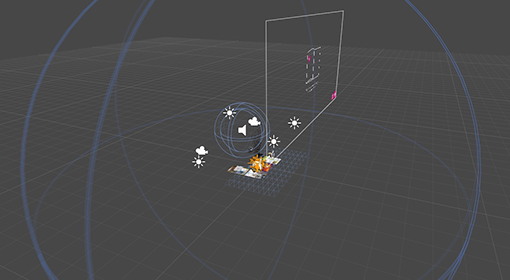About
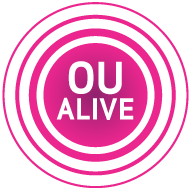
KMi explored and developed the use of augmented reality as part of the Tellme Project and approached the Marketing department with the idea of enhancing the next undergraduate prospectus release through a mobile app.
KMI recognized that adding this enhancement would serve multiple goals:
- Targeting prospective students who might not have previously considered the prospectus but would engage with the augmented reality features.
- Showcasing the technology the OU was using to the educational community.
- Demonstrating potential uses of the technology to internal university staff.
This collaboration led to the release of the OU Alive mobile app.
Development
During the development of the prospectus, meetings were held between Marketing and KMI to determine which content would be suitable for augmentation and what 3D models should be used.
Trigger imagery had to be created and verified for successful tracking. Relevant 3D models for the page content were sourced. Since bespoke 3D models could be expensive and time-consuming to create, generic third-party models were sourced, or in some cases, created in-house by the developer.
Once these models were obtained, they were enhanced with bespoke code and additional third-party content to provide a richer user experience.
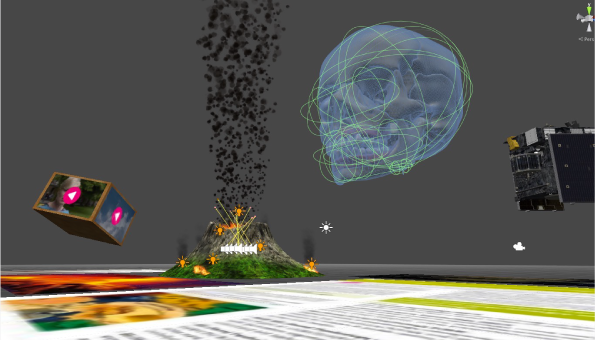
Unity 3D Pro
Unity3D Pro was chosen as the development tool due to its long-standing reputation and strong support. Although primarily known as a gaming creation tool, it was recognised as more than capable for developing applications not necessarily classified as games.

Unity 3D Pro capability
Unity provides a rich suite of tools to aid in the development of apps that can target multiple platforms from web browser to mobile app to Xbox/PS4 simply by selecting the required platform target to build for.
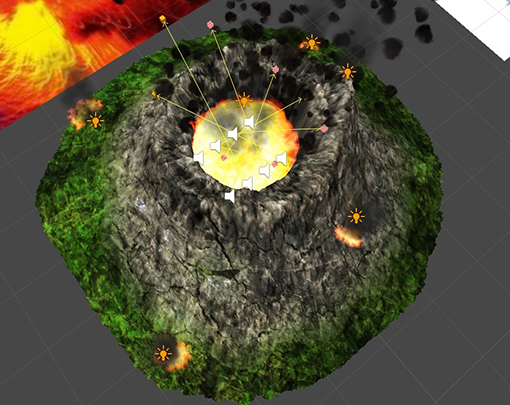
3D modelling
What was once a static 3D model was brought to life with additional features such as animations, user interaction, and audio. This opened up endless possibilities for providing enhanced learning tools that complemented students’ study journeys.
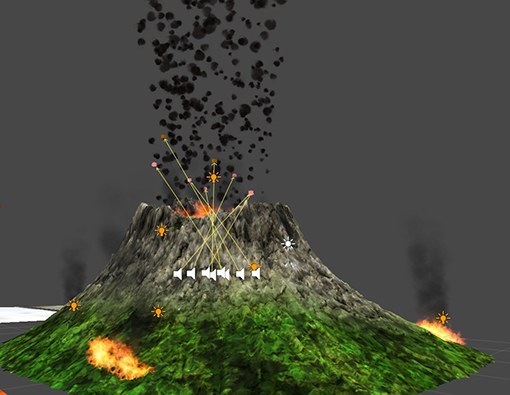
The 3D world
Creating a virtual 3D environment and linking it to the real world in Unity3D allowed for the development of feature-rich applications that provided video, audio, user interaction, and feedback to the University.
